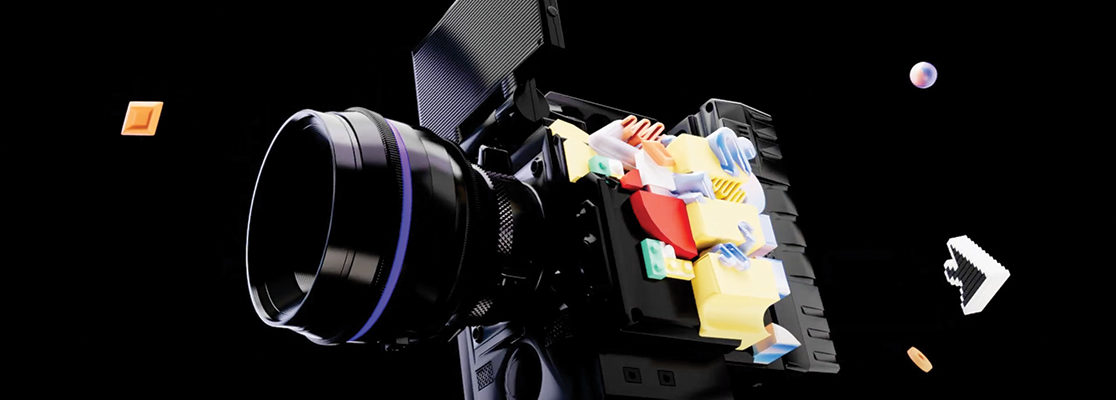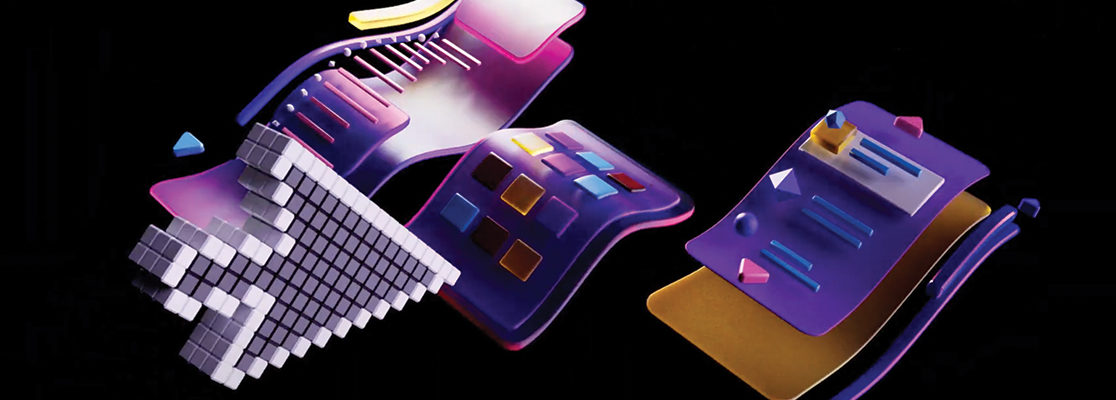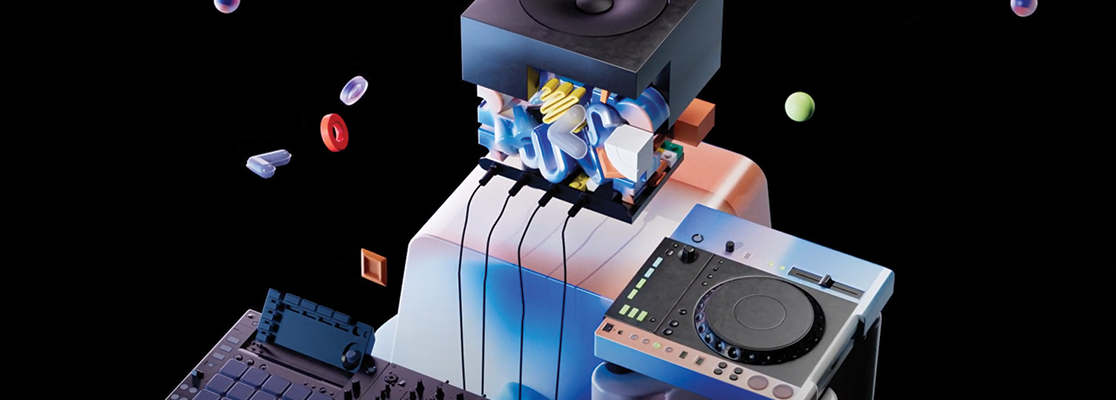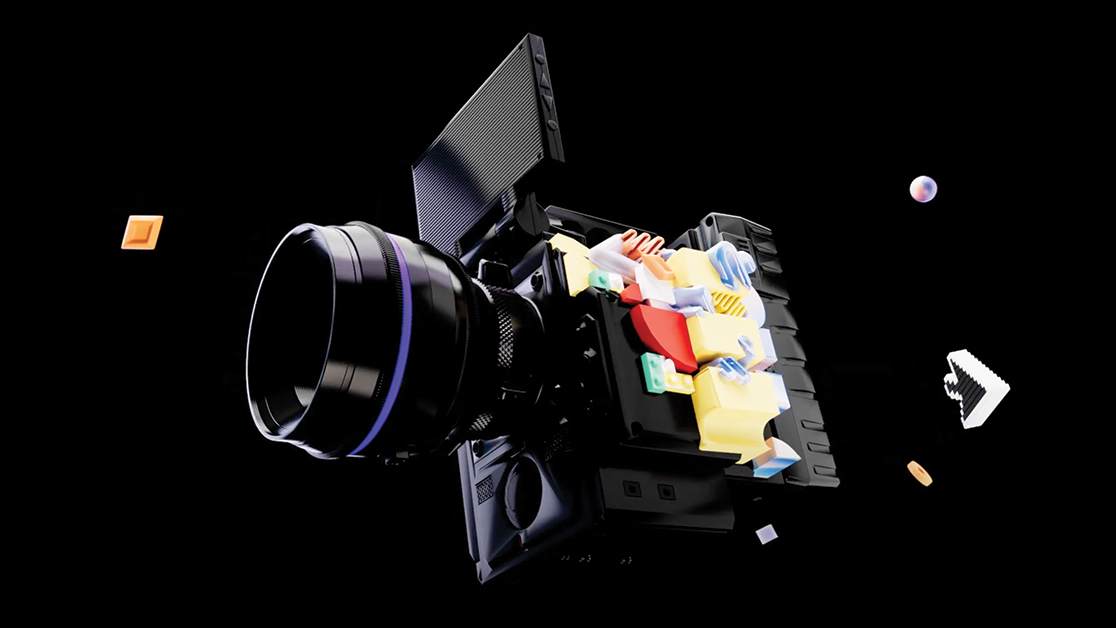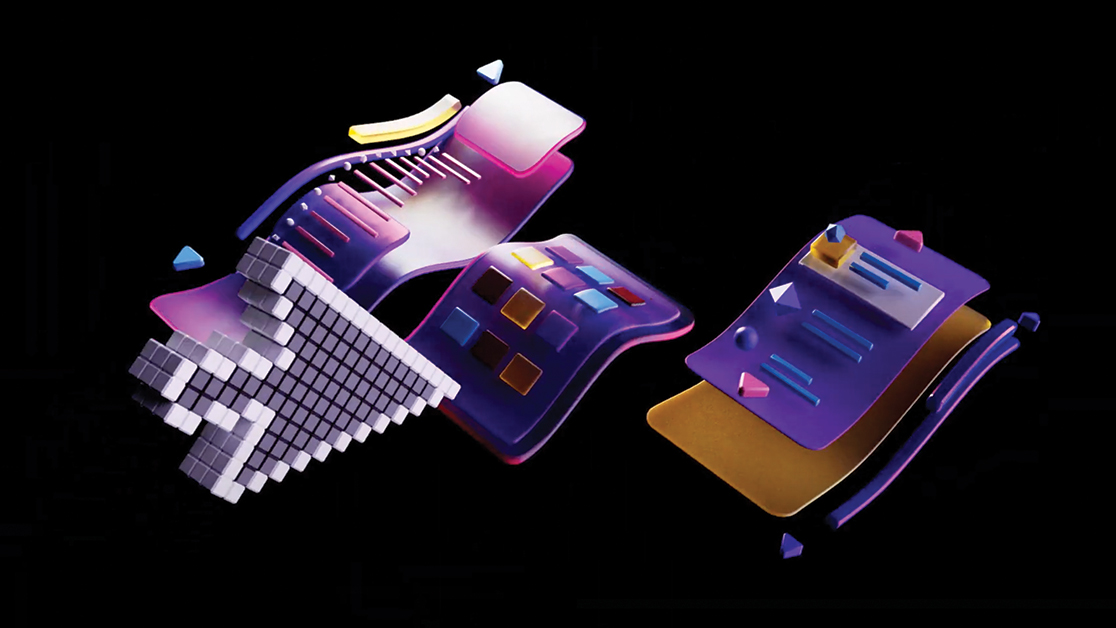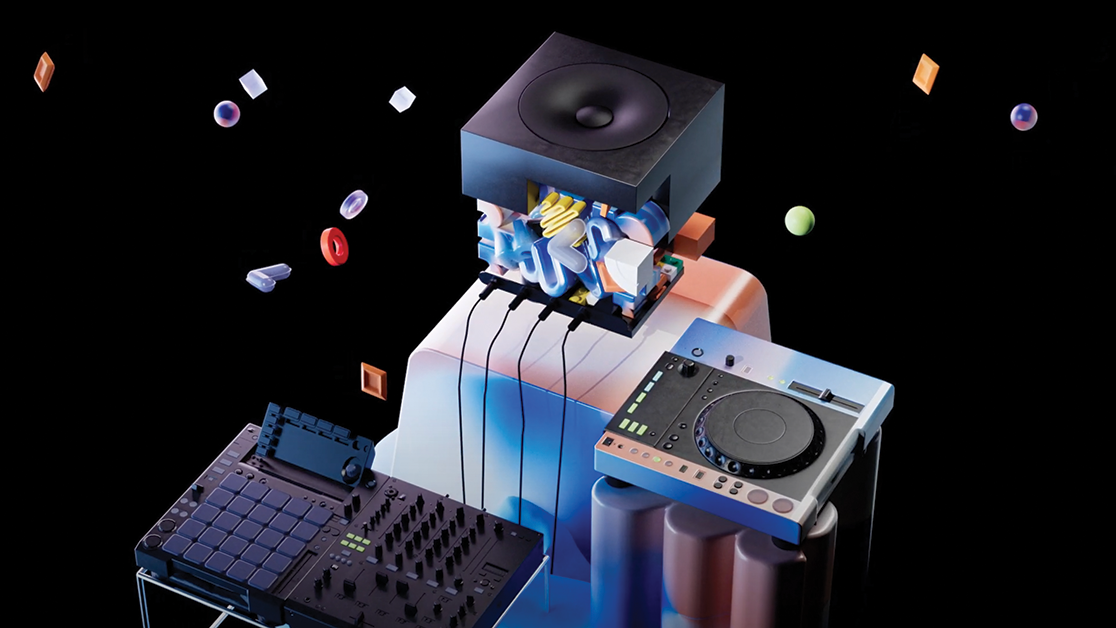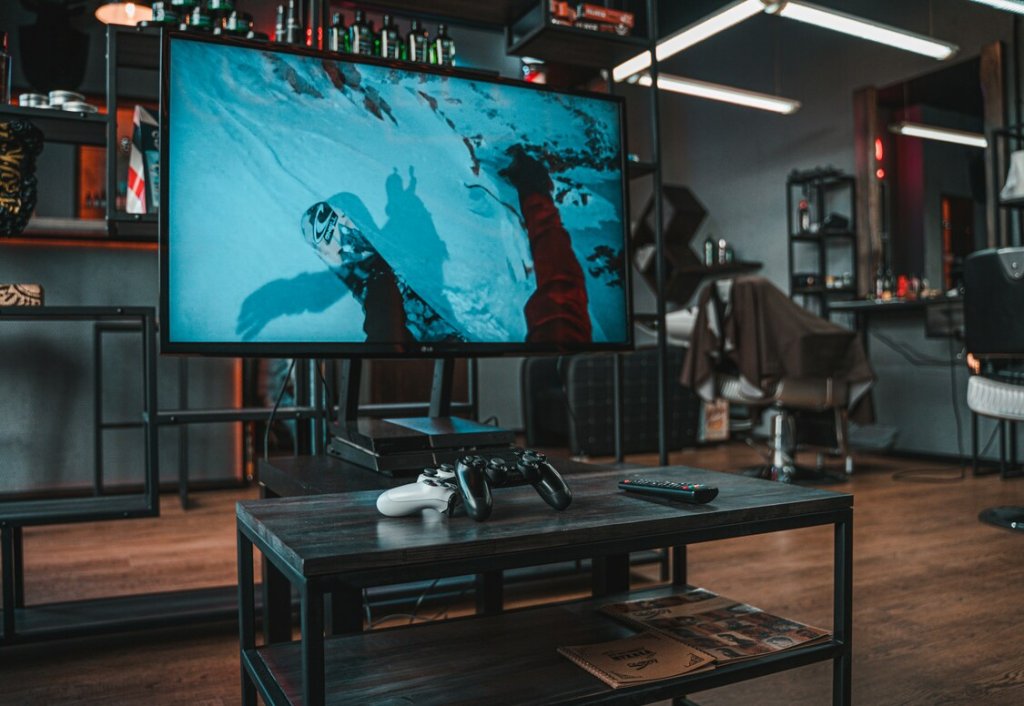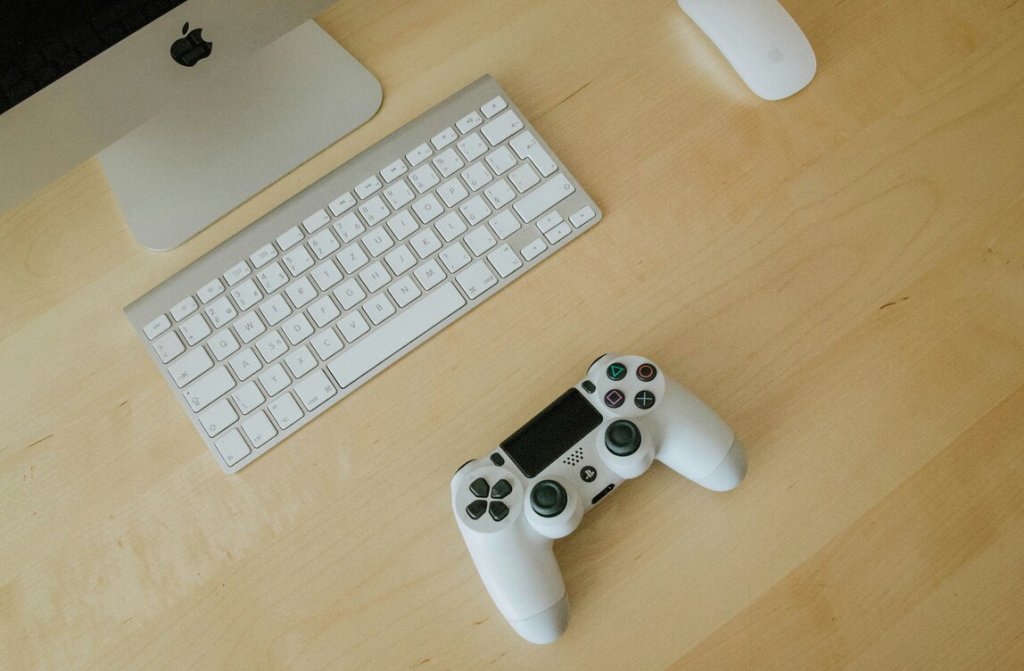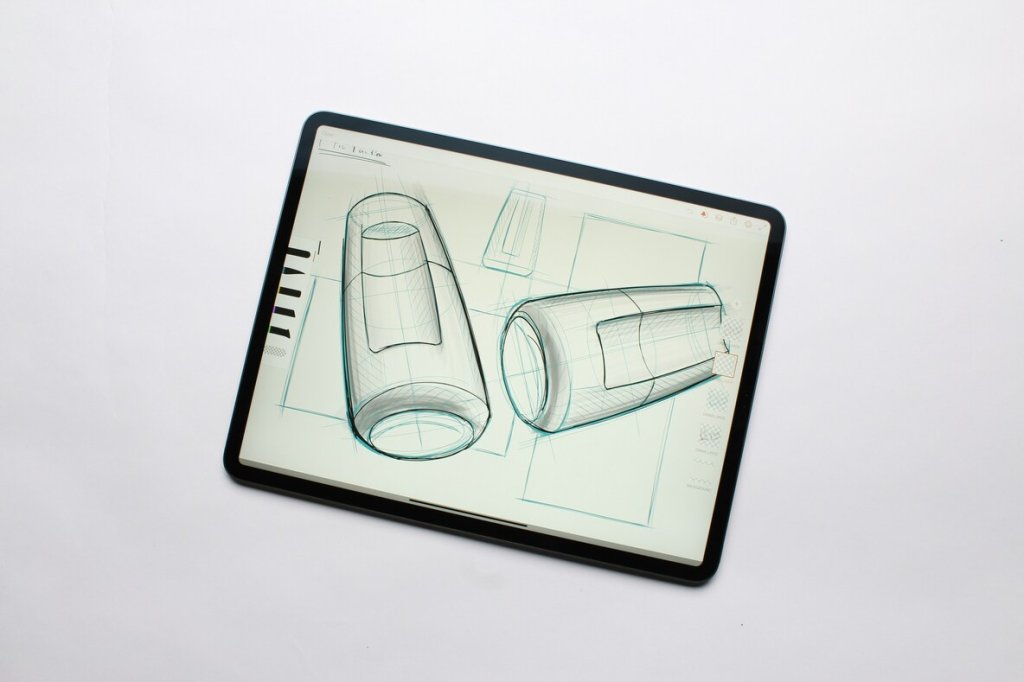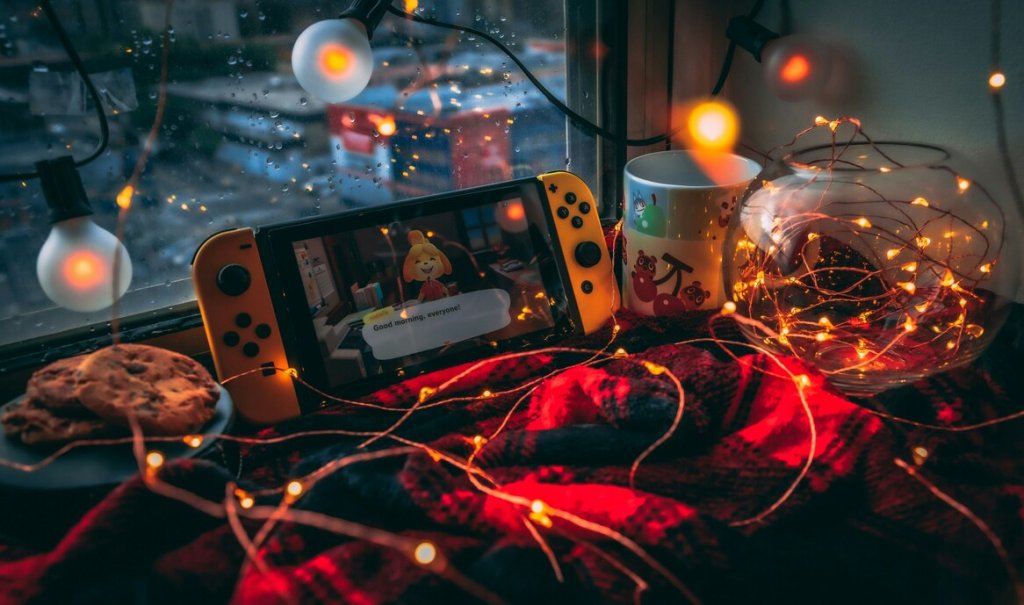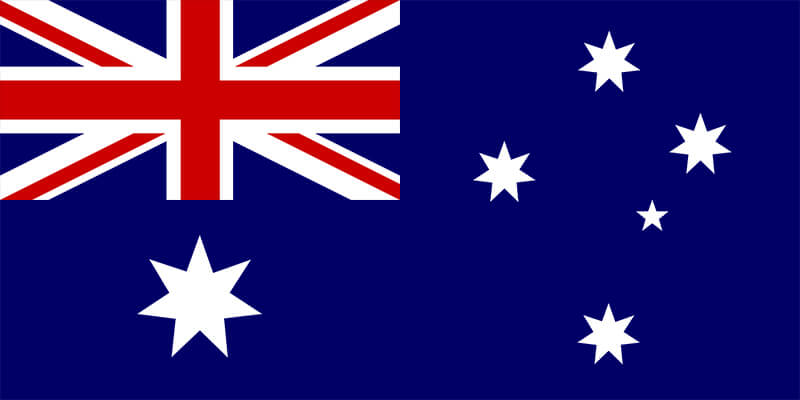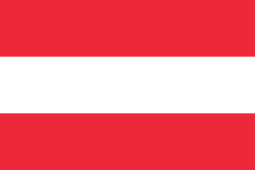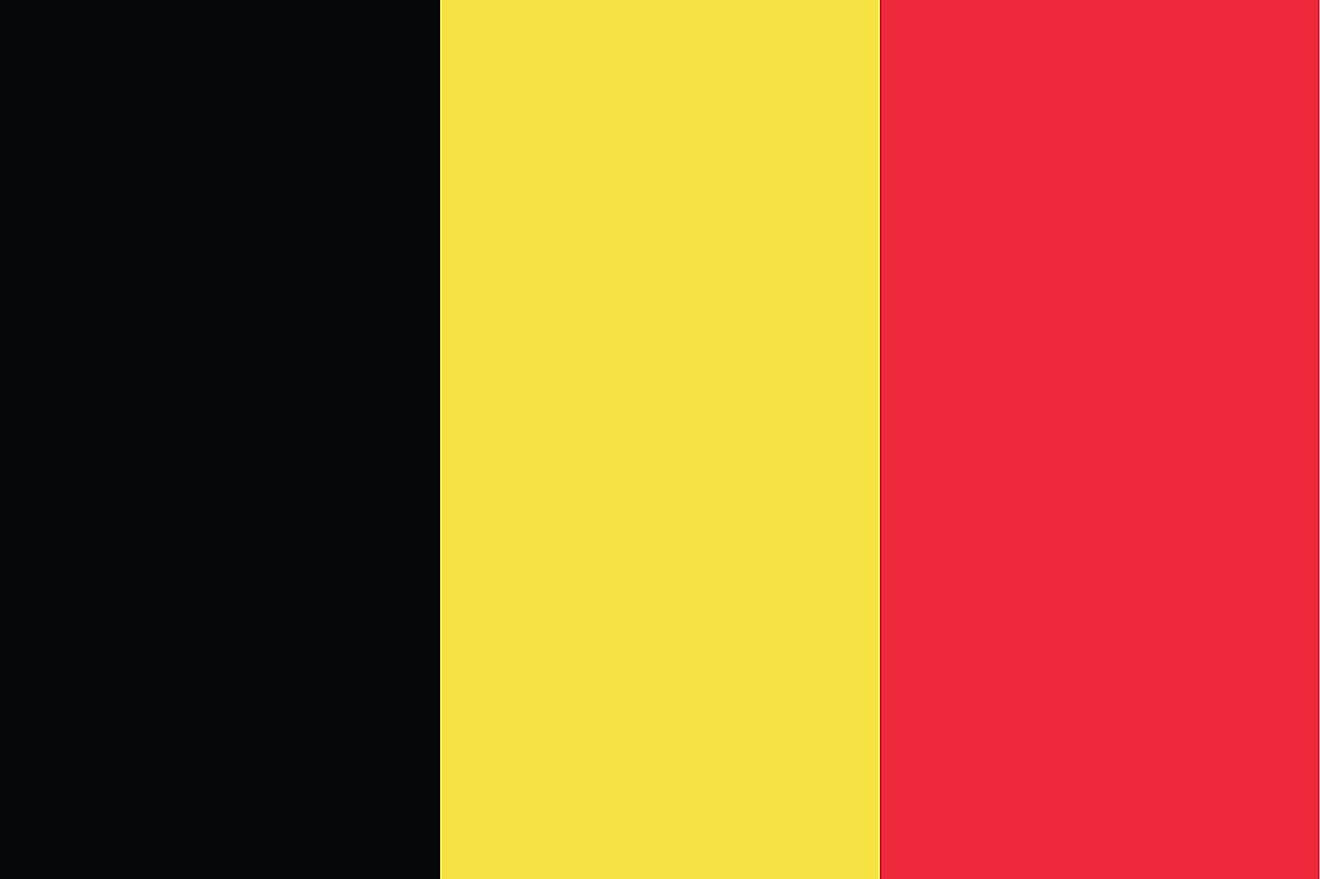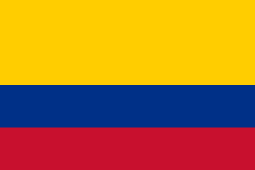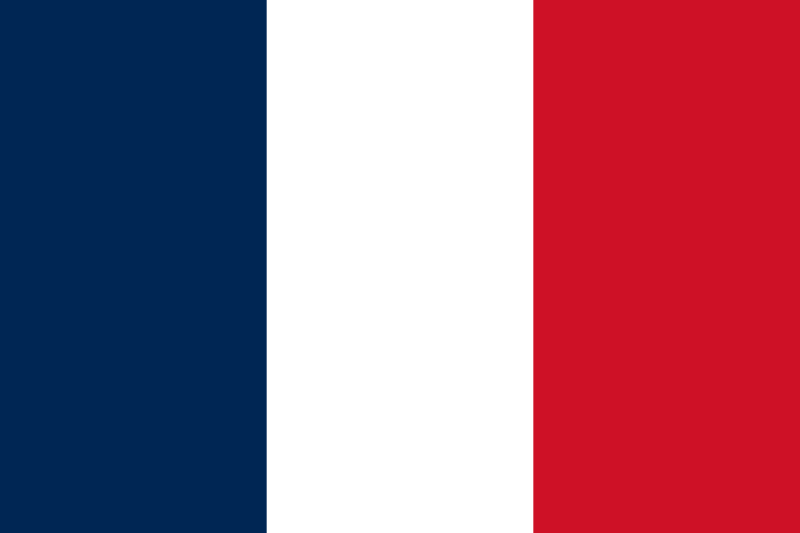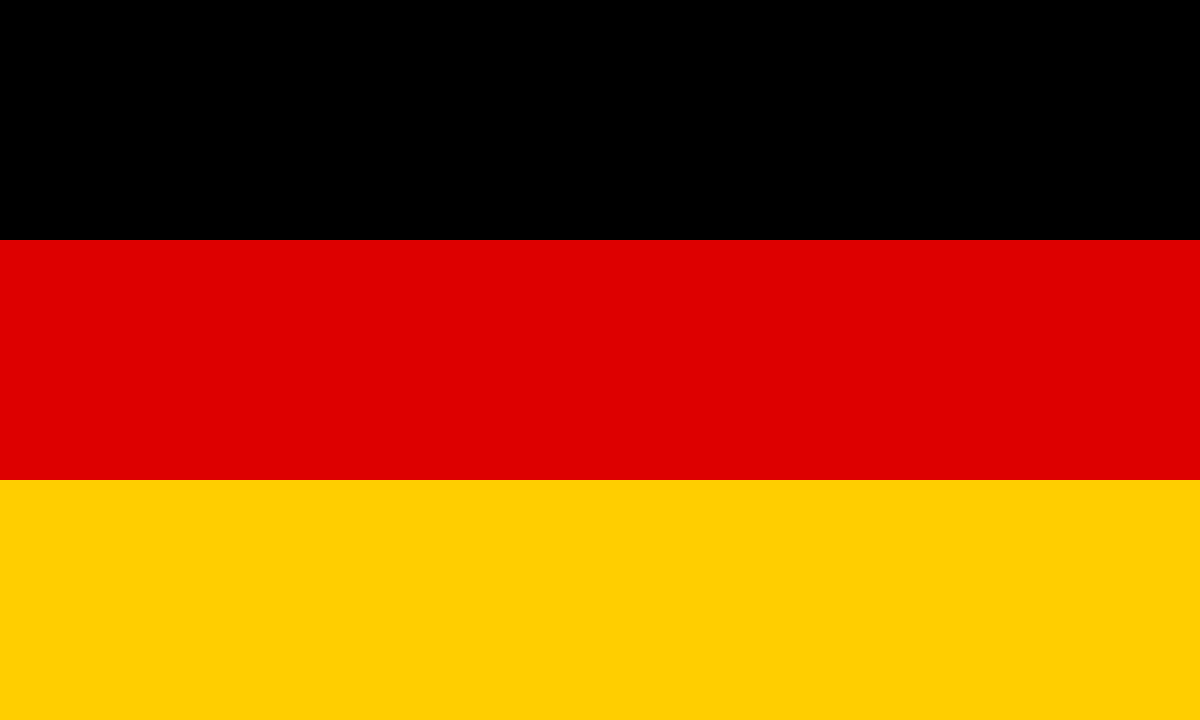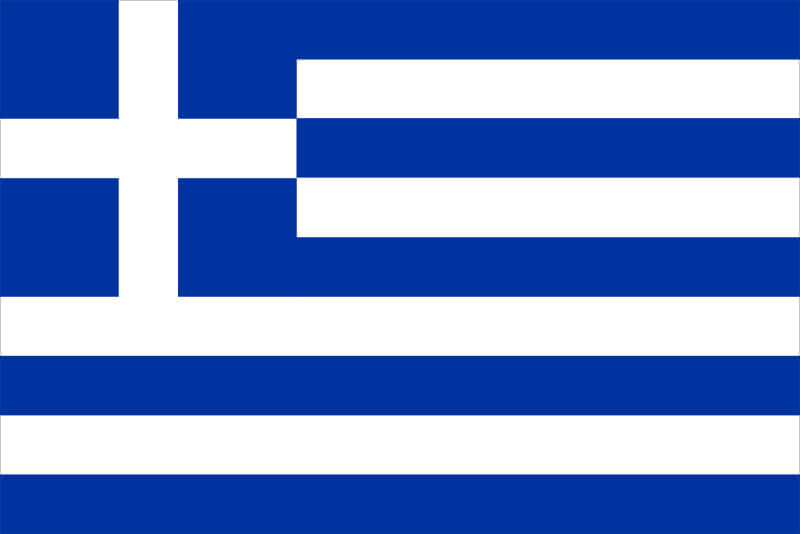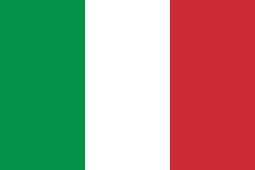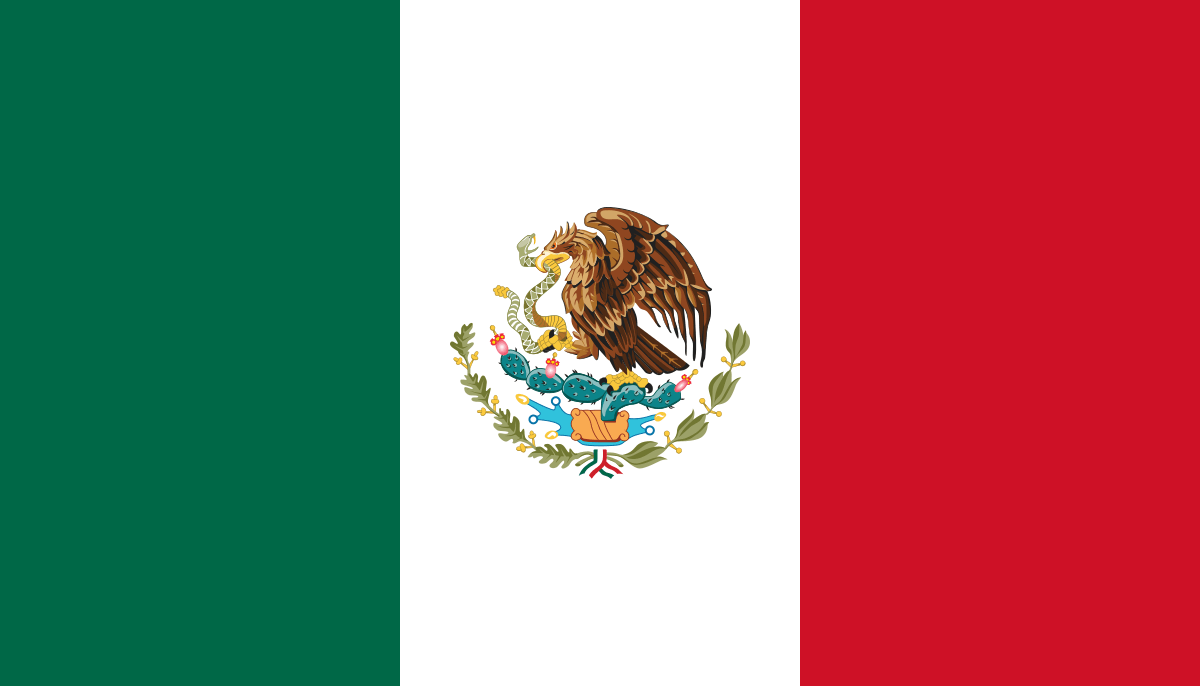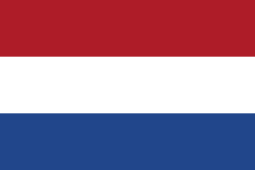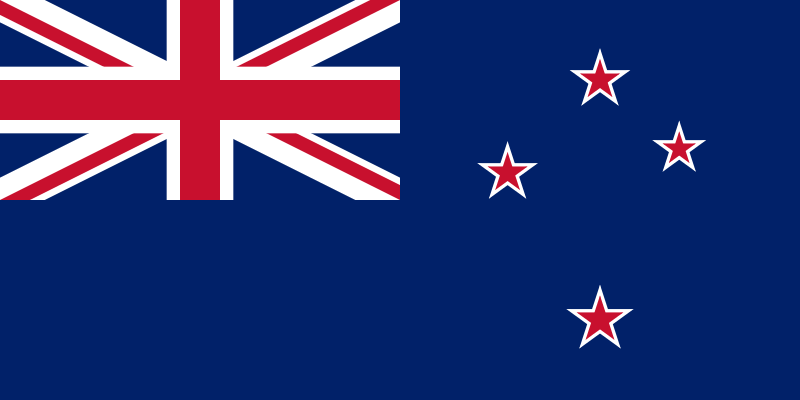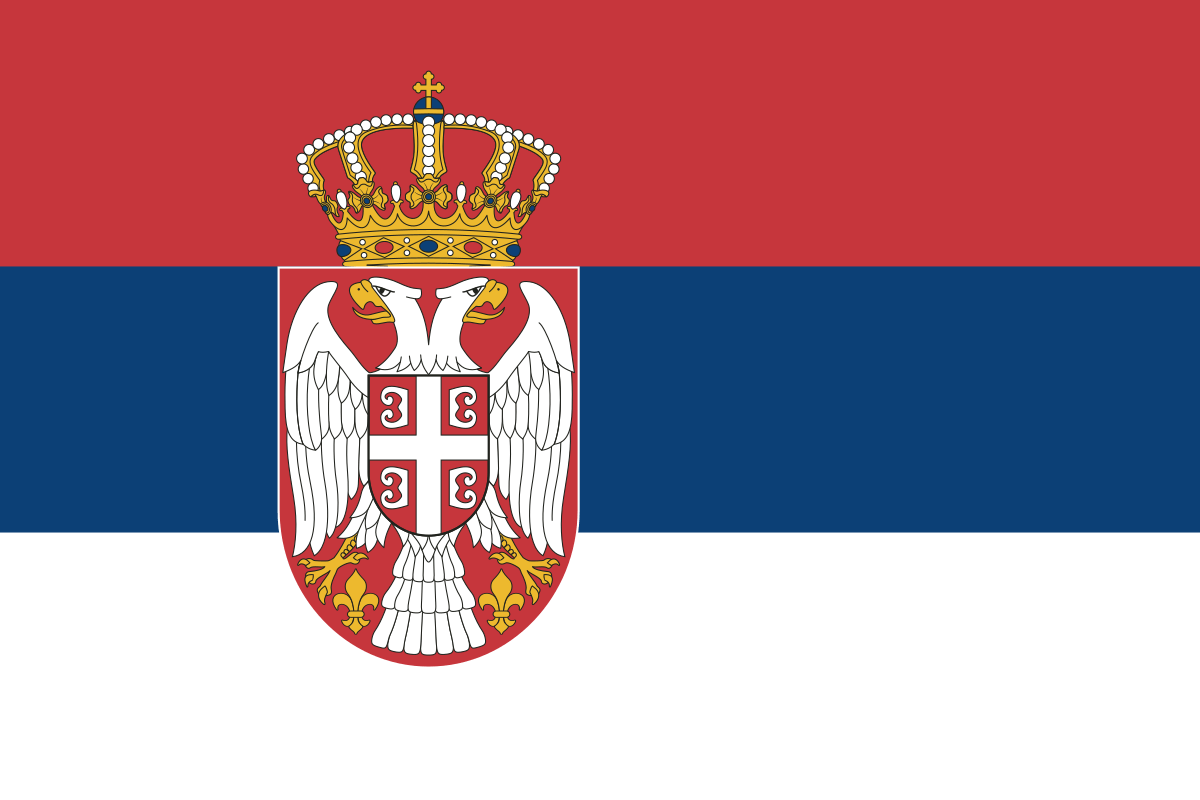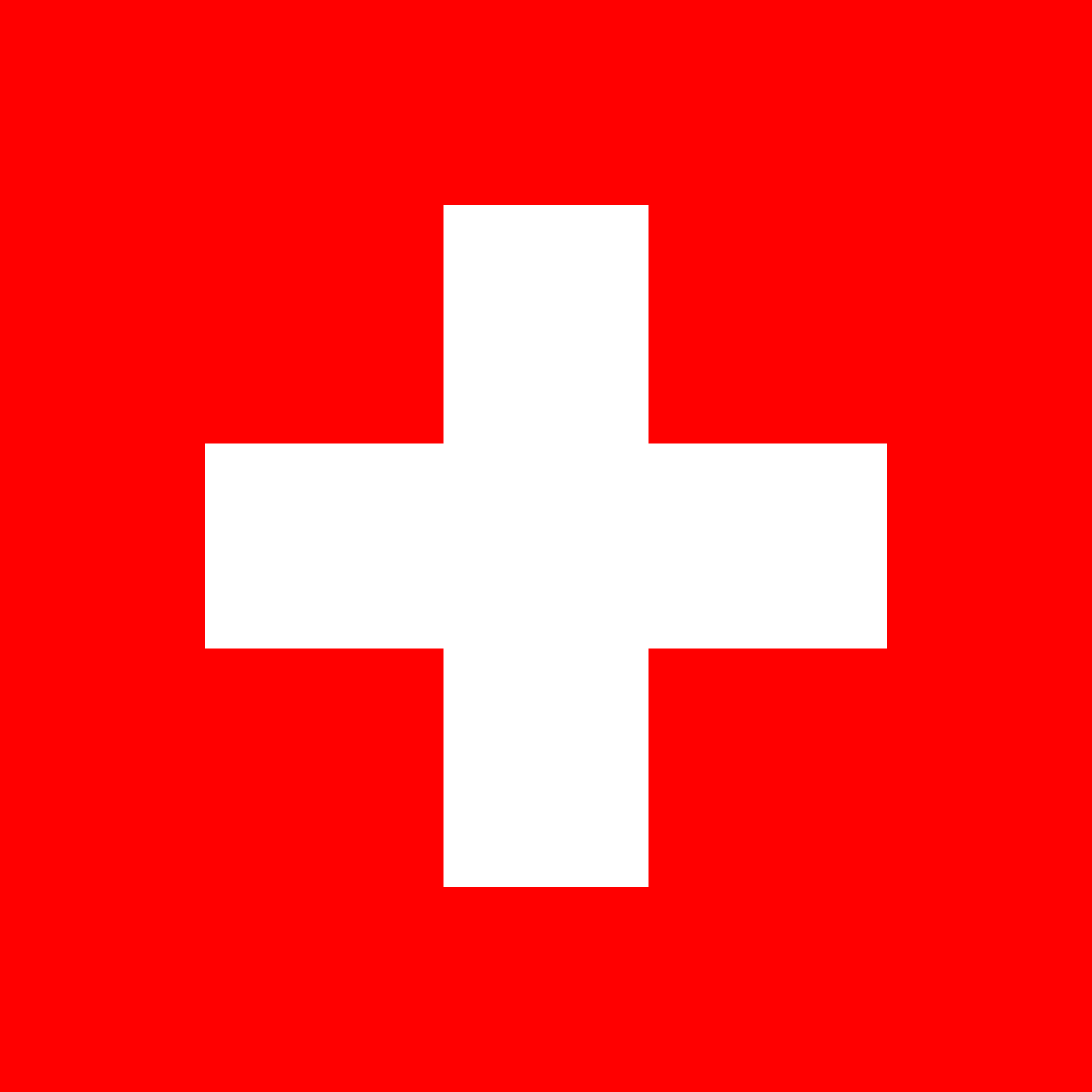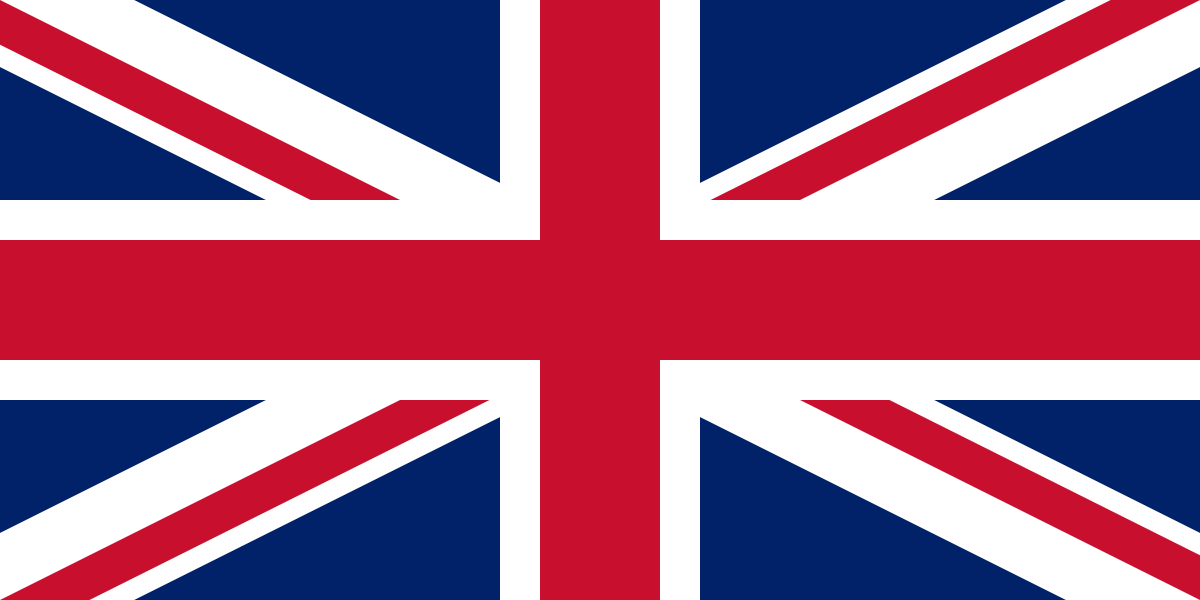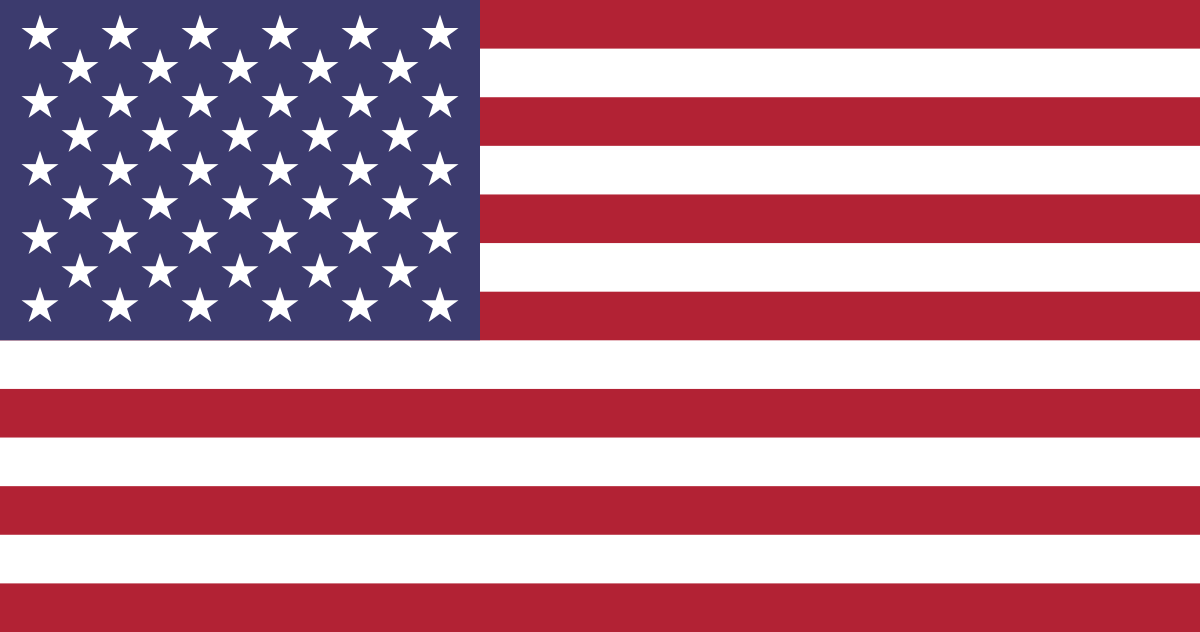Finding a career in the gaming industry can be a challenge due to competition from peers looking for work and projects.
Of course, undertaking a degree such as an SAE’s Gaming course can help with game design upskilling and equip you with the technical abilities to stand out and succeed in this sector. Alongside a course, there are other core elements on your journey as aspiring industry professionals including networking, gaining experience and building professional portfolios.
The latter is a way for game developers to showcase all your work, collaborative projects, achievements and success stories in one place to make it easier for any would-be employers or project managers to easily understand your skills and abilities. An engaging portfolio can act as a vital shop front to demonstrate your skills and experience – and if you want to secure your dream job in game development, is something you can use to impress potential employers, whether they be major developers or indie start ups.
In our blog, we will explore what it takes for an impressive portfolio to succeed and the essential ingredients required to ensure your work can find a wider audience. From showcasing your transferable skills and knowledge of programming languages to game engines and crafting game prototypes, we will also delve into a portfolio’s format, the key elements and the types of content that can make a strong impression. If you’re looking to join a course to pursue your gaming ambitions, then contact our team now.
Discover your game art portfolio format
A strong portfolio can be created in different formats on a range of platforms, perhaps as a PDF, web page/site or even PowerPoint.
Depending on your area of expertise, games portfolios are often in the form of video or a showreel even if you’re creating an audio, programming or gameplay collection.
They can be a critical step on your job journey, show off your game design upskilling and demonstrate how highly valued your abilities could be as game designers.
Why create a portfolio as game developers?
There are various reasons behind creating a portfolio to showcase your work.
The most common is to demonstrate your technical skills, abilities and practical experience in what can be a highly competitive field. So whether your expertise is in level design or story writing to creating graphics or animation as part of a team, you should ensure the content of your portfolio reflects what you aim to illustrate and the roles you are looking to secure.
If you are sending it to apply for specific opportunities, perhaps as a game artist or level designer, then tailor your portfolio accordingly so it reflects your skills and expertise.
This will then be used by a recruiter or HR professional at a company to assess whether you will be a good fit.
You need to consider including content such as work on game jams or side projects to further demonstrate your game design upskilling, experience and understanding of your chosen field.
How to structure your game development portfolio
You should ensure there is a clear headline about what you want to be known for. For example, ‘level designer’ or ‘lead game designer’.
You also need to consider the look and feel of your portfolio and always aim to use high quality images on your site. The more engaging the visuals and intuitive the navigation, the more effective it will be at showing your abilities, your work and who you are.
Above-the-fold content is very important. This includes the headline and the most important information, so the reader doesn’t have to scroll too far to see it.
Navigation in the menu bar for the most essential content, like ‘projects’, ‘about’, ‘blog’, and ‘contact’ also needs to be clear and easy to follow. Use a clean layout and host it on a reliable platform.
Here are some popular tools with which you can use to publish your work and showcase your theoretical knowledge in gameplay mechanics alongside your technical skills.
What should a game design portfolio include?
Document every activity behind the launch of a game so you can demonstrate the process you followed and worked to when contributing to a project.
Depending on your role, you can include early drafts or prototypes of any visual media alongside final versions to highlight your growth and show the design journey you went on.
Remember that many employers, collaborators, commissioners will be reviewing what’s inside a portfolio to assess how you think and the skills you deploy as part of the problem solving process. For each job or project, consider including some of the below:
- Title and short summary – include a few sentences about what it was.
- Your role and responsibilities – what you did, alongside how this related to the wider team.
- Playable demo or video trailer – show the game in action (GIFs, embedded video, or downloadable build).
- Screenshots or concept art.
- Development insights: include details on the tools used (such as Unity or Unreal), the core mechanics, design documents alongside any challenges or issues, then how you fixed them.
- Links: Itch.io/Steam page, design doc PDF, and more.
Your step by step guide to compiling your portfolio
When compiling your portfolio, only include your best work with the most impressive at the top.
An employer or admissions tutor is likely to have already seen many portfolios on the day they see yours. If you are using this to land your first role, you need to remember that the most important thing is to grab their attention within the first 30 seconds. Don’t leave the best content to last as the employer may have moved on to something else before they get to it.
Research the art, audio style and genres of the games company you’re applying for, then match this to the work you include. It’s better to have a shorter portfolio of relevant work than a larger one that doesn’t reflect what they’re looking for. Of course, this can depend on the role you’re applying for – whether this be a specific job or whether you’re looking to pursue a career as a generalist.
Match the work on your portfolio to the role. If the role is for an environment artist or character artist, put that work first. You should also regularly update your portfolio with your most recent projects too. A portfolio should be a living, breathing entity and something you can refresh.
If you’re including any group work, then be clear about your contribution as part of the team. This can be as simple as a line of text on a graphic, video or screenshot.
The person looking at your portfolio may be looking at it without you, so use text to explain what tools or software you used. Be clear about your experience and what you did.
Ensure your portfolio works on a variety of screen sizes, devices and browsers. If you’ve made it on a desktop device, check it still looks effective and engaging on mobile. If you use Safari, don’t forget to test it in Chrome.
Don’t be tempted to put in work that isn’t yours. Plagiarism won’t be rewarded and will only lead you into a situation where you might be unable to deliver work to the standard you are expected to.
One of the most important elements of your portfolio is to include a CV and, if you’re applying for a specific job, then a covering letter – and make sure the web link works. You should also include your contact details and make sure they are up to date too. There’s nothing worse than making a great impression but then being unreachable.
STUDY games at SAE
Whether you want to study Games Programming, Game Design or Game Art and Animation, our Gaming faculty has an array of courses to suit you and your ambitions.
Our state-of-the-art facilities and expert tutors are well placed to give your career the best possible start in exciting and creative sector.


